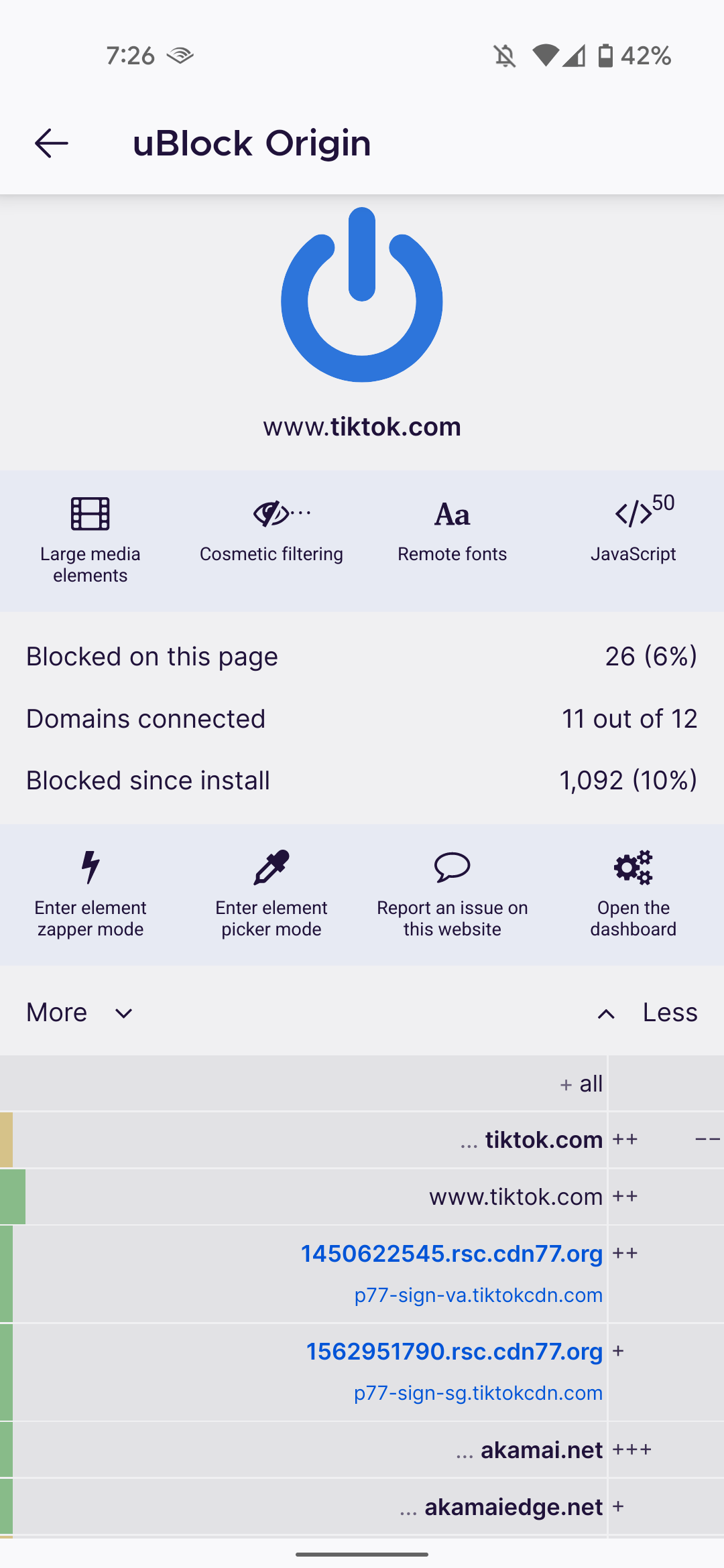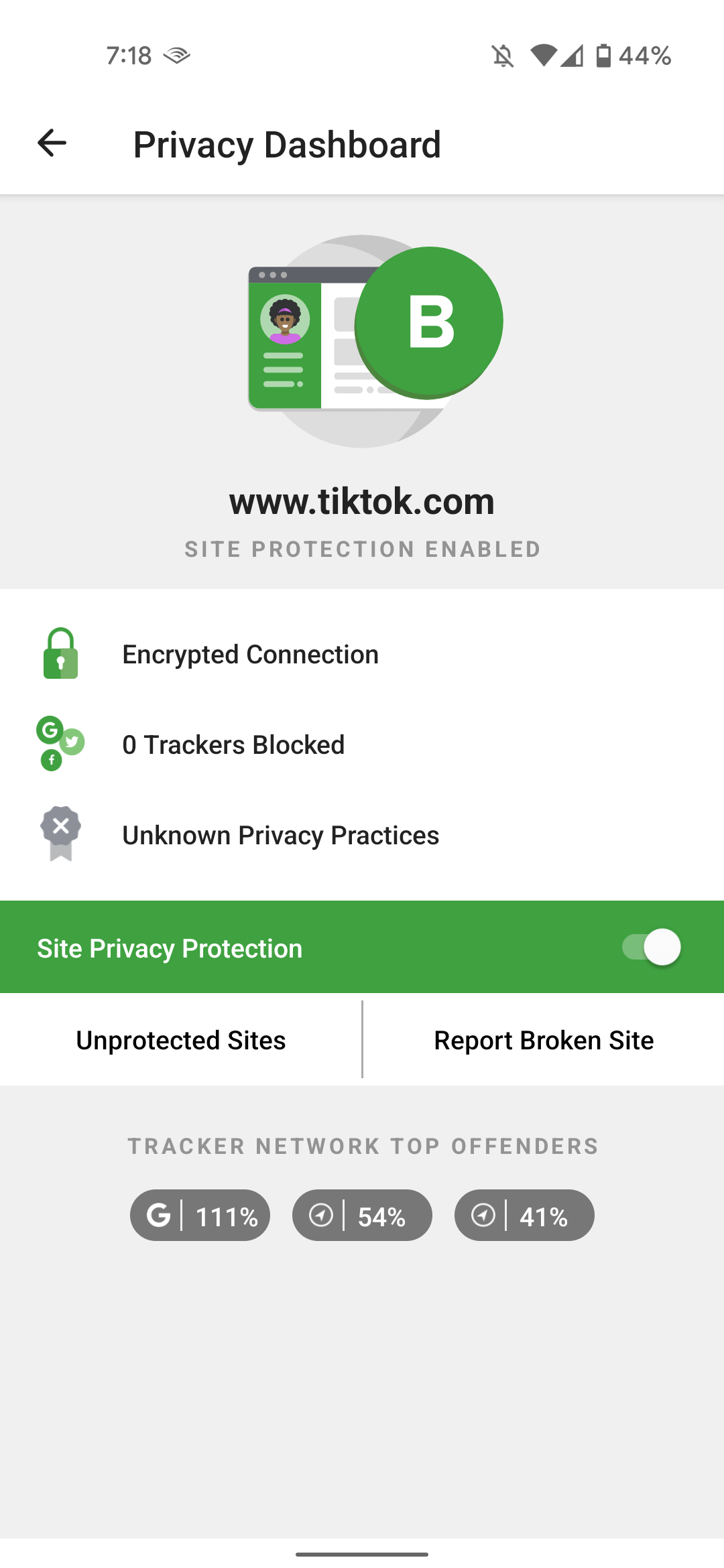dFPI does allow that from sub domains of the same root domain.
It seems like containers are far superior then for my needs. fpi/dfpi offer similar benefits but with far less flexibility.
As I said, if you want to use multiple accounts on the same site. Containers are good. Otherwise, what do containers bring to the table that FPI/dFPI doesn’t? You can use temp container addon for a quick temp tab.
The point is, what most users achieve with containers and their “work flow” is most of the time the result of what the Temp Container extension does. And not the basic Firefox container functionality. Hence why I’m saying that.
I mean, yeah, but temporary containers are just an extension built on-top of multi-account containers so that seems like splitting hairs.
a bit old news by now; only for Mac so far; thought to just put it here anyways:
![]()
![]()
No, I just linked a temp container addon without crazy permissions and that does not need multi account container addon to work. Thats what I am talking about. So, as I said a couple of times. People that still need to login with different accounts are much better off with just using such an addon I was talking about, for temp containers instead of doing all those shenanigans with everything else, which is not really needed when using dFPI anyway.
And without being rude here, you seem to not really read what I post. Otherwise you wouldn’t have posted this comment here. I am just repeating myself at this point over and over again.
To be honest, I feel the same way. I feel like we aren’t having the same conversation.
That being said. Let me be super explicit and respond to a couple of comments.
The ability to allow data to be shared between specific sites when that is required for them to function. I use many sites where this a requirement. With containers, I can support this for those specific sites only, without allowing it generally.
Isolation without this functionality would be useless for my use case.
I am not sure what the use case for that simple temp container add-on is. It is just a button that uses firefox’s built in container functionality to create a container. This is vastly different than what Temporary Containers does.
Temporary containers can automatically create new containers or keep you in the same container based on rules you specify.
Keep in mind, the actual container functionality is now built into Firefox. Temporary Containers doesn’t require the multi-account container add-on to work either.
At the end of the day, you just have a different use case. While fpi/dfpi may work for your needs, it is by no means a drop-in replacement containers. Containers certainly have many use cases beyond the ability to use multiple accounts at the same site.
@dalto would you recommend one of these?
Or
I use both of those.
That being said, the multi-account container extension just gives you a tool to manage containers. It doesn’t do anything unless you configure it to do something.
This seems to be popular problem for everyone. How about a customized / scripted browser for EOS.
That would involve a lot of work, a great responsibility (what if something is overlooked and it fails?), and it would be impossible to please everyone (or even a large number of users).
So, I wouldn’t hold my breath for that.
That would be a big maintenance burden and tbh not worth it in the long run.
Garuda linux has something like this called firedragon that is based on librewolf(which is based on firefox). I personally didn’t care for it, but some people like it. Out of the box it has their own instiance of searx set as the default search engine.
While Mozilla plans to introduce support for Manifest V3 in Firefox, it won’t remove support for APIs that are essential to privacy extensions. Content blockers and other privacy extensions will continue to function in Firefox as before, provided that developers continue to support them.
![]()
First-Party Sets will allow more sites to track more of your behavior on the Web, and make it more difficult for users to predict how their information will be shared.
First-party sets enable the tracking of users across properties that organizations and individuals own. Google could declare most of its properties a first-party set; this would mean that if a user is known on google.com, it is also known on any other site of the first-party set, even if that site was never visited or is visited for the first time.
![]()
![]()
Snyder believes that Chrome’s dominance will likely lead to the implementation of the feature in other browsers to “maintain compatibility with the Web”. Chrome has a market share of over 60% and many browsers are using the same source as Chrome already. The two main exceptions are Apple’s Safari and Mozilla’s Firefox web browser. Other browsers, including Microsoft Edge, Brave, Vivaldi or Opera, use Chromium as the source.

I discovered something recently and I wonder what you guys think of this.
I use different browsers on Android, mostly Brave but also Bromite, Fenix and the DuckDuckGo Browser.
It seems like the DDG browsers tracking blocker doesn’t work on certain sites.
Here’s how it looks like when you visit tiktok.com on Brave:

And this is Fenix with UBlock Origin:


But the DDG browser doesn’t seem to block anything!:

When I discovered this I made a post on the DDG sub on Reddit but the post was blocked and never showed up.
What do you think of this? Is DDG really whitelisting tiktok?
If we know that DDG do that ![]()
Certainly expect they do what you’ve been blocked on reddit for ![]()
Why else would it be blocked.
This is why I am Leary of trusting anyone company/organization with too much of anything. I had used that service only for like a day and ultamatly went back to adguard because I have more control over what is blocked and what isn’t. Like as much as I want to like the FOSS keyboards out there in the end i like the google one so I still use it but block its ability to phone home. I loose the ability to send gifs using it but who cares I can find them my self on the internet.
For a system-wide solution, have you looked at Netguard?
You could make a custom blocklist and load it into the app.